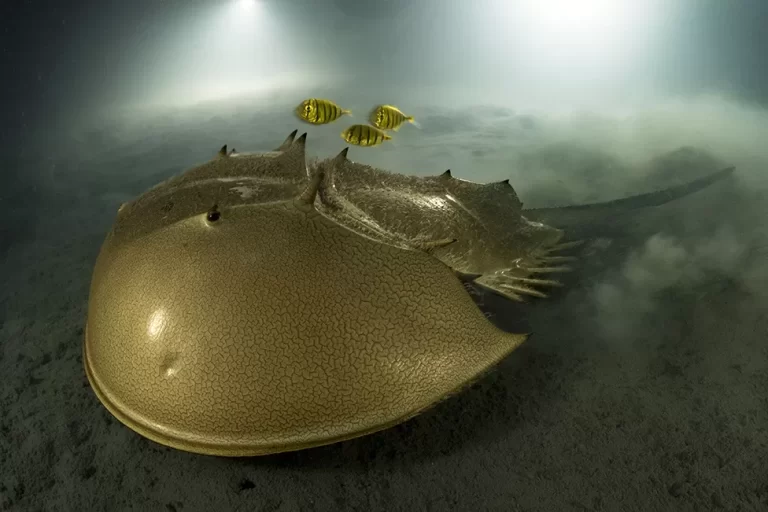A picture of a mysterious and other-worldly horseshoe crab has earned Laurent Ballesta the title of Wildlife Photographer of the Year (WPY) 2023.
The golden marine arthropod is seen hugging the bottom muds in waters off Pangatalan Island, in the Philippines. It is tracked by three small fish, hoping the crab's movements will expose an opportunistic meal in the sediment.
Ballesta becomes only the second photographer in WPY's 59-year history to win the competition twice. In 2021, he was awarded the grand prize for capturing a trio of groupers in the act of spawning. The photographer and marine biologist was crowned during a gala dinner at London's Natural History Museum.
Kathy Moran, who chaired the judging panel, said a winning image required four characteristics: “aesthetics”, “moment”, “narrative”, and increasingly “something that has a conservation edge to it”. And Ballesta's work had that “secret sauce”.
“There's a luminosity to Laurent's picture,” Ms Moran told BBC News.
“It really does feel like an alien floating across the seafloor – but when you step back and realise just how important these creatures are to ocean health and human health, we just felt the image brought it all together and we couldn't pass it up.”
The tri-spine horseshoe crab has survived for more than 100 million years but now faces habitat destruction and overfishing for food and for its blood, used in the development of vaccines. But in a young marine reserve around Pangatalan Island, it is getting the protection it needs.
“The photo's technical challenge was to find the right speed and aperture because my wish was to freeze the calm horseshoe crab but let the little fish not be frozen, to show how excited they are,” Ballesta said.
“I wanted to show this contrast between them – one that was powerful and slow, and the others speedy and fragile.”
Category winners
Carmel Bechler, 17, from Israel, won the Young Wildlife Photographer of the Year title.
His picture, of two barn owls perched in the window of a graffiti-scrawled derelict building, was shot through the window of his father's car. The streaks of light from a moving vehicle in the foreground contrast with the birds' rock-steady gaze.
“It took a few tries,” Bechler said. “The lights were the most difficult thing in the image to get right, because you want them to go across the entire scene but you also don't want them to be too bright and burnt out. I used a timer to not get any blur and then I took photo after photo until I got that moment.”
Here are some of the other category winners in this year's WPY competition.
The tadpole banquet, by Juan Jesús Gonzalez Ahumada, Spain
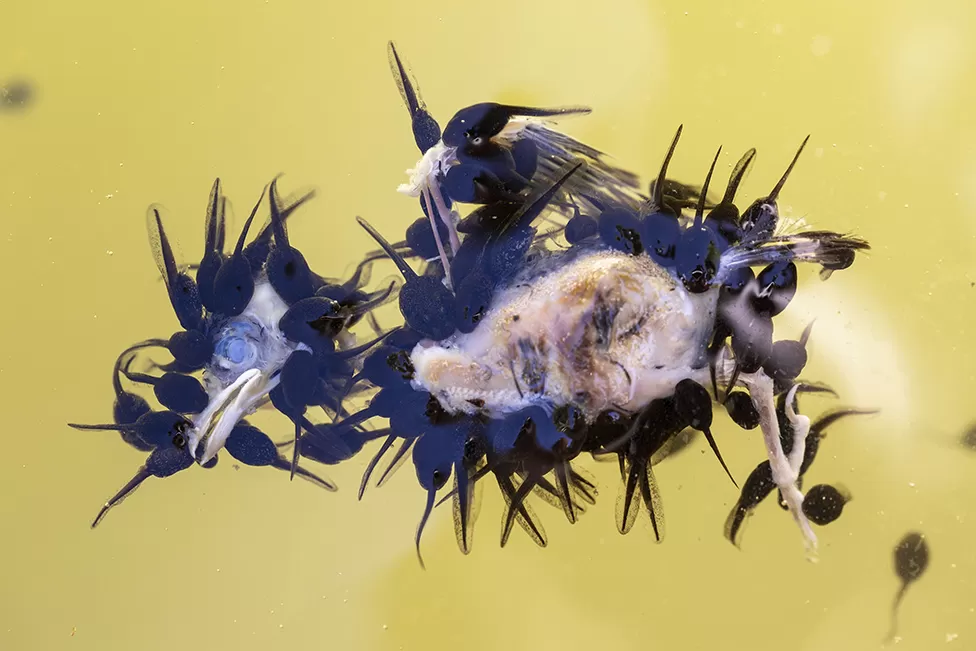
Juan Jesús Gonzalez Ahumada watched toad tadpoles feasting on a dead fledgling sparrow. His photograph won the Behaviour: Amphibians and Reptiles category.
Common toad tadpoles have varied diets of algae, vegetation, and tiny swimming invertebrates. As they grow larger, they become more carnivorous – so when a banquet such as this arrives, they take full advantage.
Whales making waves, by Bertie Gregory, UK
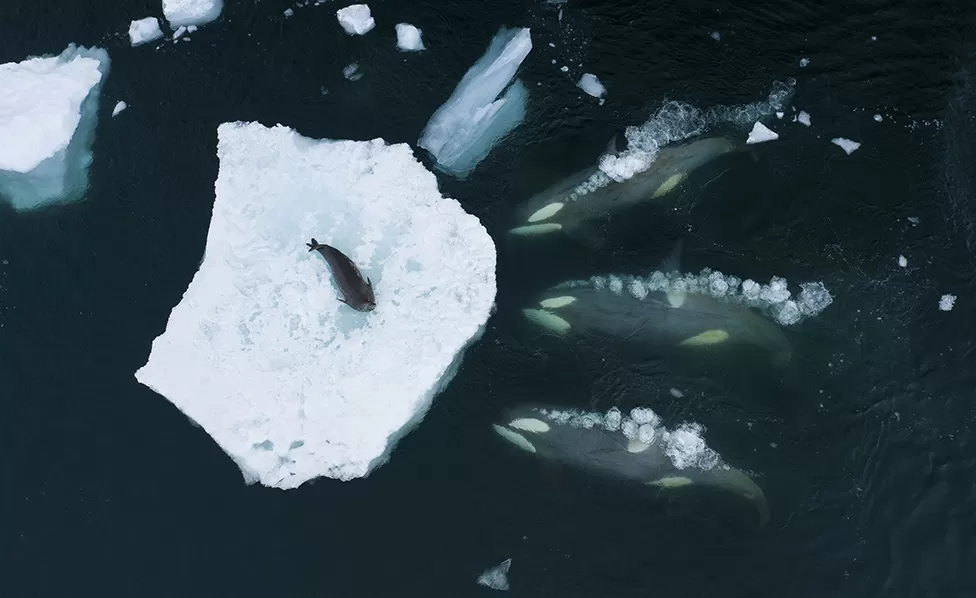
Bertie Gregory filmed orcas “wave washing” Weddell seals in the Antarctic, to dislodge them from the safety of sea-ice, for BBC One series Frozen Planet II. A still image from his later work won the Behaviour: Mammals category.
“The behaviour is choreographed – and every single seal they find, they'll use a different set of tactics to make a particular type of wave. It's spine-tingling to watch,” Gregory told BBC News.
Life on the edge, by Amit Eshel, Israel
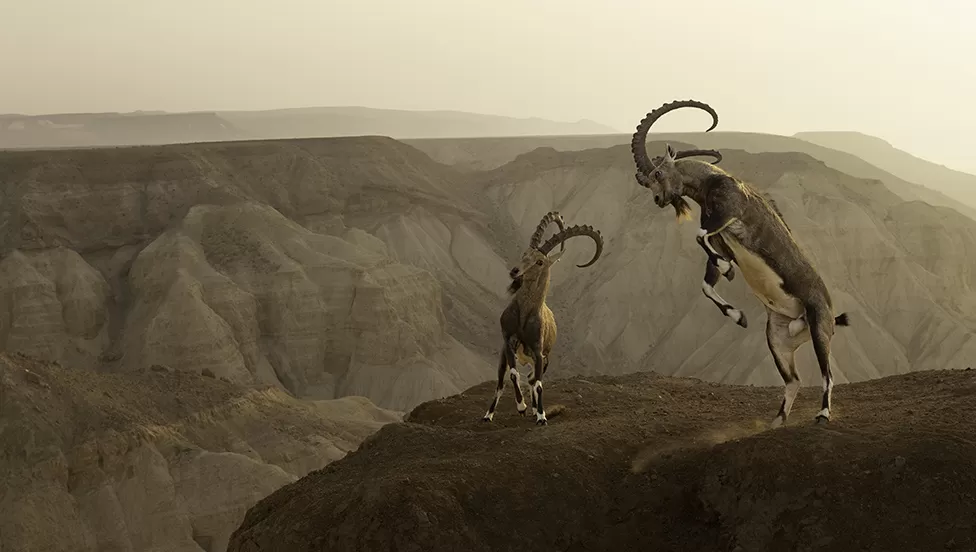
Amit Eshel witnessed this tussle between two male Nubian ibexes in Israel's Zin Desert. The battle lasted about 15 minutes before one surrendered and the pair parted without serious injury. Eshel's photograph won the Animals in their Environment category.
Last gasp, by Lennart Verheuvel, Netherlands
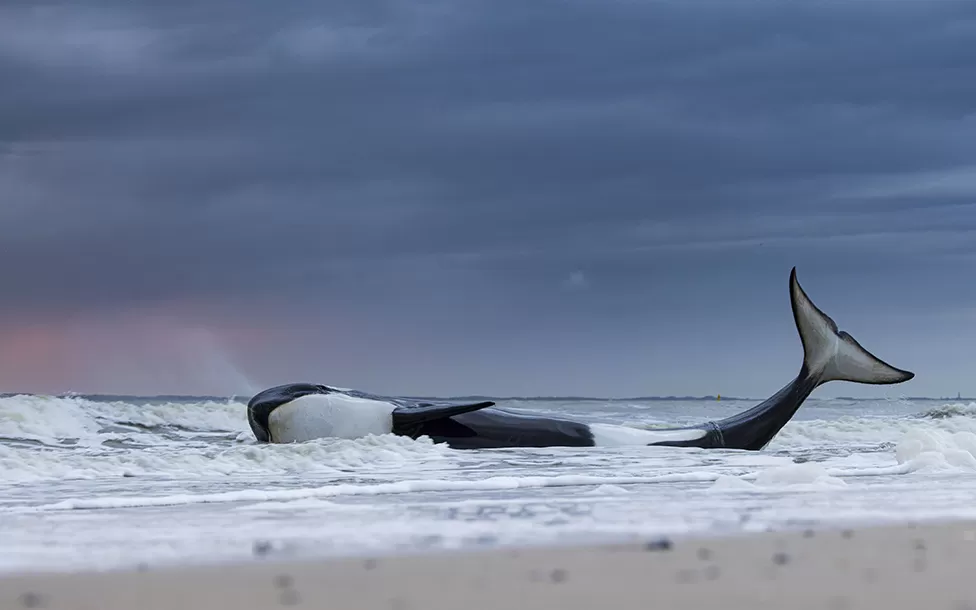
Lennart Verheuvel won the Oceans: The Bigger Picture category. The distressing picture shows a beached orca at Cadzan, on the Dutch-Belgian border. A necropsy revealed the animal was not only severely malnourished but also extremely sick.
Lights fantastic, by Sriram Murali, India
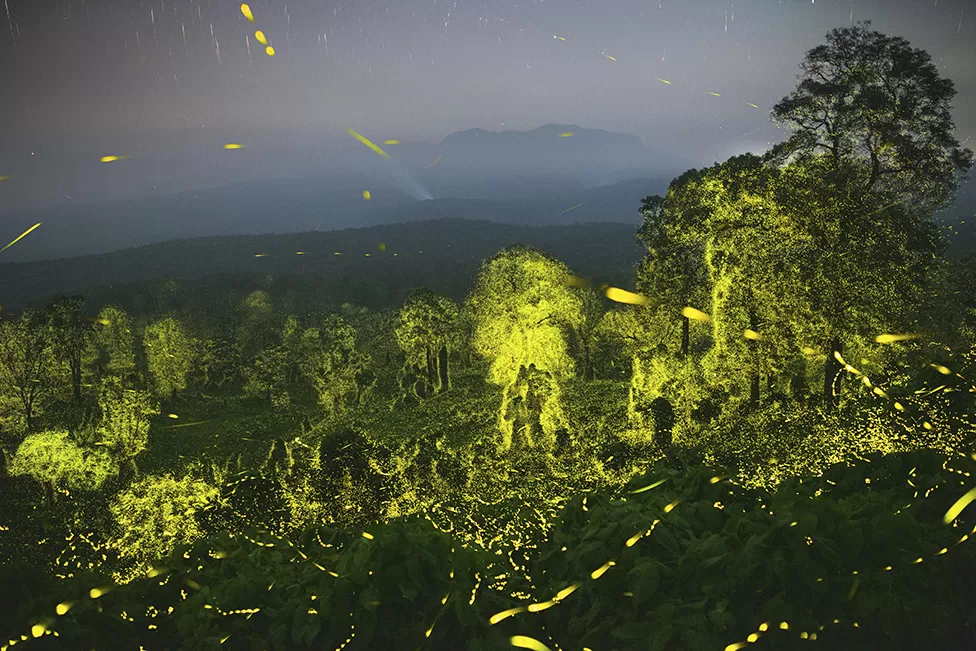
This remarkable image was produced in the forests of India's Anamalai Tiger Reserve. Sriram Murali stacked 50 19-second exposures, to show the firefly flashes produced over 16 minutes. It won the Behaviour: Invertebrates category.
Alpine exposure, by Luca Melcarne, France
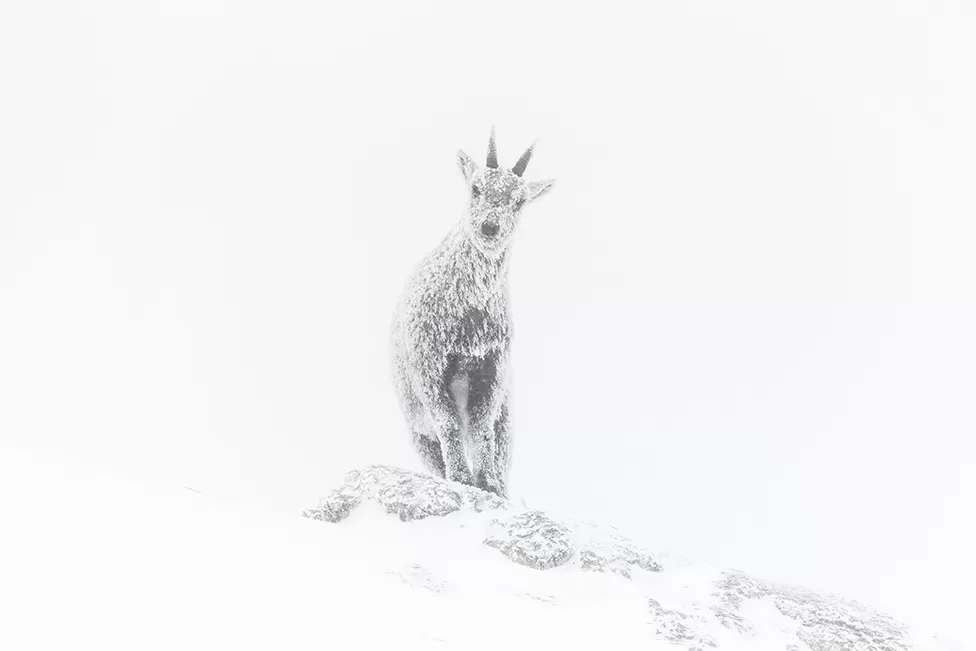
Luca Melcarne, a mountain guide in France's Vercors Regional Natural Park, photographed this ibex after spending a bitterly cold night in a temporary shelter. He first had to thaw the camera with his breath. His effort and skill earned him the Rising Star Portfolio Award.
— CutC by bbc.com


